Foreword: For the Orthodox Christian Faith, the Coming King and the People of God in Eastern England, Essex, Suffolk, Norfolk and the Isle of Ely
Today, in this period of the last coming of Orthodoxy in the twenty-first century, Orthodox centres are being established in the large towns and cities of Eastern England. Today’s examples are not being inspired from Ireland (itself inspired from Jerusalem via Egypt), but from Holy Rus (itself inspired from Jerusalem via New Rome), but otherwise all remains the same. On this tenth anniversary of the establishment of our church in Colchester, we understand that we have only just begun. Much remains to be done and, building on the foundations of old, we ask God’s blessing on ourselves. Below we recall the history of our Orthodox Eastern England, our present and our hopes for the future.
Our Background
There were certainly Orthodox Christians in what later became Eastern England (East Anglia and Essex) as early as the third century, if not before. A notable centre for them was the first Roman capital of Britain in Camulodunum (Colchester), which may have had its own bishop at that time. As proof the foundations of an early fourth century Orthodox church and its cemetery were uncovered here only in the 1980s.
However, the four ancient Orthodox centres of what had come to be Eastern England were established in the apostolic period of the first coming of Orthodoxy in the seventh century. The Faith came in the same way as the Eastern English had settled – by sea and waterway, around the coasts and along the many rivers. Whereas the foundations in Essex came about through the Apostle of Essex, St Cedd (pronounced ‘Ched’), the other foundations had been due, directly and indirectly, to St Felix, Apostle of East Anglia. This was centuries before the territorial divisions of East Anglia and the terms Suffolk, Norfolk and the Isle of Ely came into existence.
Although St Cedd was English and St Felix Burgundian and they spoke very similar languages, their missions to Eastern England were both Irish-inspired. Coming as a missionary from Burgundy in France in 630 and probably consecrated by Archbishop Honorius of Canterbury to preach in East Anglia, Bishop Felix has been inspired by the Irish St Columban. It was he who had founded the monastery at Luxeuil in Burgundy, where St Felix had met his sponsor St Sigebert, the future King of East Anglia. In England Bishop Felix also certainly met the Irish missionary Bishop Aidan from the Irish-founded monastery of Lindisfarne. And the Irish-speaking Bishop Cedd, arriving in Essex a generation later in 653, had learned his Orthodoxy from the same St Aidan of Lindisfarne. Here is what they began in each of the four parts of Eastern England.
-
Suffolk
This was the first region to be evangelized, from the southern diocesan centre founded in c. 630 by St Felix in the Roman coastal fortress known as Burgh. This centre was called Domnoc – probably from the Irish word Domnach, meaning the Lord’s house – and now identified as Felixstowe, so called in memory of the monastery of St Felix. Domnoc was near the estuary of the River Deben which led to the East Anglian royal palace at Rendlesham. This was near the royal burial site at Sutton Hoo and not far from the port of Dunwich (meaning perhaps ‘the port in the dunes’).
All these sites where St Felix was active are in what is now Suffolk, where he probably also founded a church along the River Stour in Sudbury. His diocesan centre was abandoned during the heathen invasion in 869 and transferred to Hoxne in the far north of Suffolk in c. 900, precisely where St Edmund, King of East Anglia, had been martyred in 869. This is represented today by Bury St Edmunds in Suffolk, where St Felix probably founded a monastery and is near the geographical centre of Eastern England. The fact that Suffolk was the first region in the east to be evangelized and where so many churches were built led to it being called ‘Salig Suffolk’ or Holy Suffolk.
Local Saints
Sts Sigebert (+ c. 636), Felix (+ c. 647), Jurmin (+ 654), Botolph (+ 680), Edmund (+ 869).
Holy Places
Iken, Hoxne.
Present (in bold) & Projected Orthodox Parishes in Urban Centres
Bury St Edmunds, Ipswich, Lowestoft, Felixstowe.
-
Norfolk
This centre was founded in c. 630 by St Felix in South Elmham (called ‘the old minster’), now in north Suffolk and established as a diocesan centre in 673. Nearby there was a church at Rumburgh dedicated to St Felix and two localities called Flixton, which also witness to his presence. St Felix was aided by an Irish monk sent to him perhaps by St Aidan. This was St Fursey (with Sts Dicul, later at Dickleburgh, and Sts Foillan and Ultan), who founded a monastery in c. 631 on an inlet from the coast in the Roman fortress at Burgh (Burgh Castle, now in the far north of Suffolk).
St Felix was very active in what is now Norfolk, founding churches along the river systems in the east at Reedham and Loddon, and in the north-west at Babingley, Shernborne and perhaps Flitcham. In 955 the centre in South Elmham was transferred to what is now Norfolk to a place which was called North Elmham in memory of its origin. The centre then briefly went to Thetford and today is represented by Norwich.
Local Saints
Sts Felix (+ c. 647), Fursey (+ 650), Withburgh (+ c. 743), Edmund (+ 869), Walstan (+ 1016).
Holy Places
East Dereham, Bawburgh.
Present (in bold) & Projected Orthodox Parishes in Urban Centres
Norwich, King’s Lynn.
-
Essex
Today’s Essex (previously this had included much of what is now London) was evangelized from the diocesan centre founded soon after 653 by St Cedd. This ‘cathedral on the marshes’, most of which still stands today, is on the east coast of Essex in the former Roman fortress of Othona (Ythanceaster) which is now called Bradwell-on-Sea. St Cedd was active elsewhere around the coasts of Essex but today’s Orthodox centre is in Colchester, founded on St Edmund’s Feast exactly ten years ago.
Local Saints
Sts Cedd (+ 664) and Osyth (+ c. 700).
Holy Place
Bradwell on Sea.
Present (in bold) & Projected Orthodox Parishes in Urban Centres
Colchester, Southend, Harlow.
-
The Isle of Ely (today the Marches of Eastern Cambridgeshire)
This was evangelized from the monastery founded by St Felix in Soham, today in eastern Cambridgeshire, and from nearby Exning on the western edge of Suffolk, the birthplace of St Felix’s spiritual daughter, St Audrey. However, it was only in 673 that she founded the monastery in Ely, possibly on the site of a chapel founded by St Felix earlier. Ely came to be the centre of a diocese in 1109.
Local Saints
Sts Felix (+ c. 647), Owin (+ c. 670), Audrey (+ 679), Huna (+ 690), Wendreda (+ 8 c.).
Holy Place with a relic of St Audrey
Ely.
Present (in bold) & Projected Orthodox Parishes in Urban Centres
Wisbech, Ely.

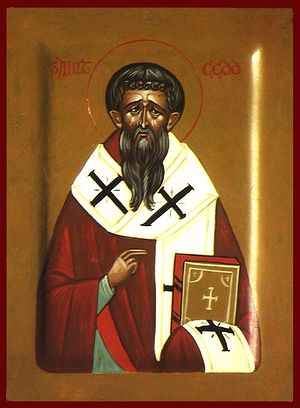
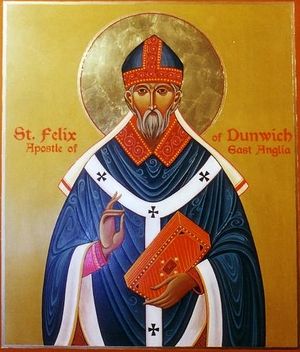
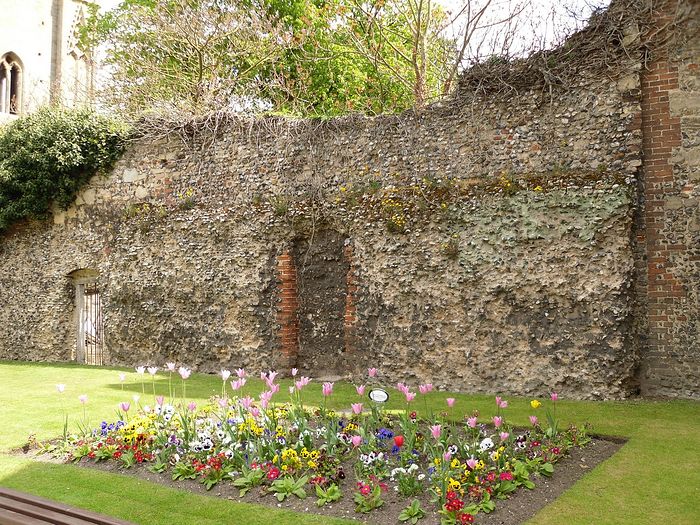
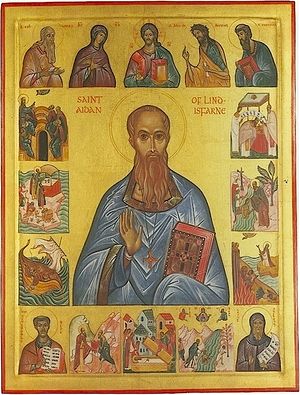
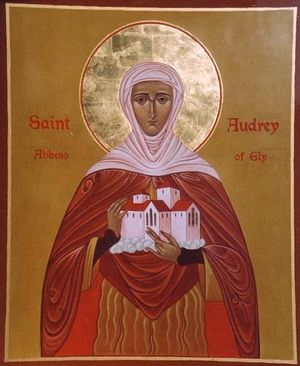
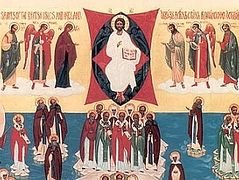
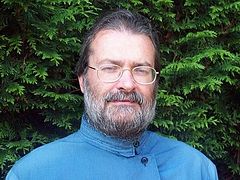
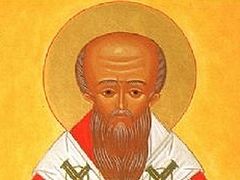
Where is God's love in all of these discussions? This is all so worldly and fearful, what has happened to the practice of loving our neighbours and our 'enemies'? Know thyself and judge not lest you be judged as wanting. We should all pray for one another, forgive and forget and be thankful for our time here on earth that gives us the opportunity to grow spiritually, instead of growing in worldly ignorance.
God bless us all,
Your sister in Christ,
Debbie x
Surely you have not forgotten the atrocities of the papists? Were we "western white men", as you call us, simply supposed to lay on our bellies and wait to be murdered? NO! We fought back! Our men like Prince Wilhelm the Silent and others led armies of starving, shoeless peasants with pikes against the might of the papist Hapsburgs and secured liberty for their children through their heroic sacrifice! Perhaps you ought to read a little about the suffering of the Carpathian-Russians before being so smug! I, as an American, would fight the English with every bone in my body if it became necessary, but to imply they were on par with the Papist dragon is simply disingenuous.